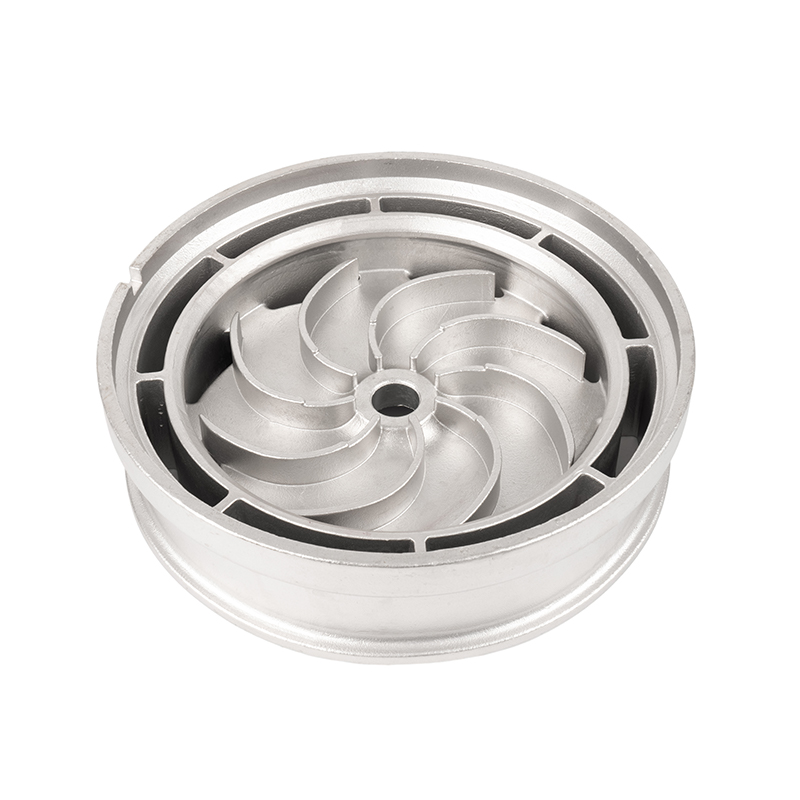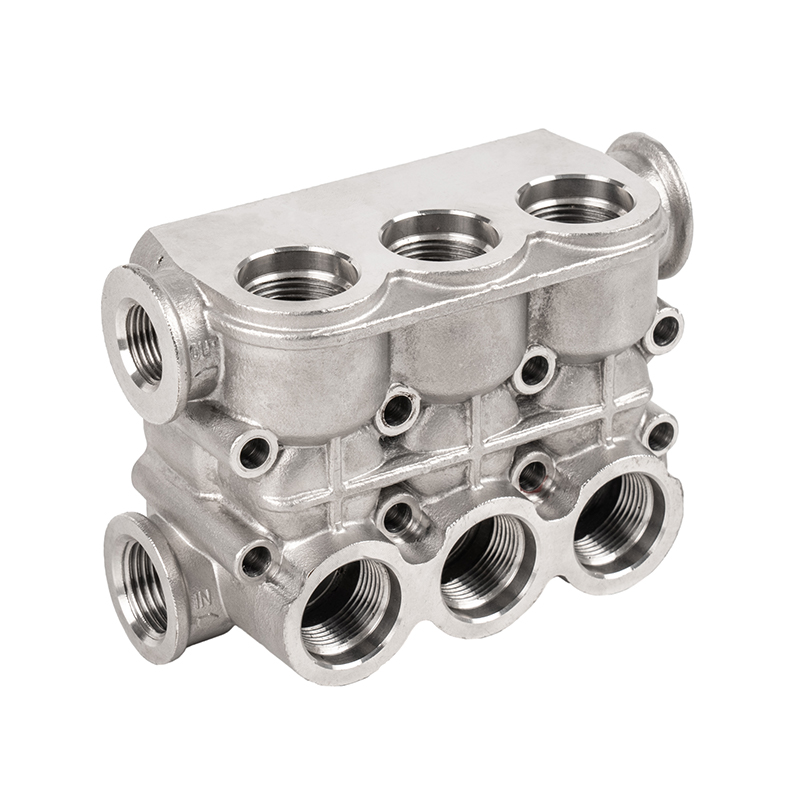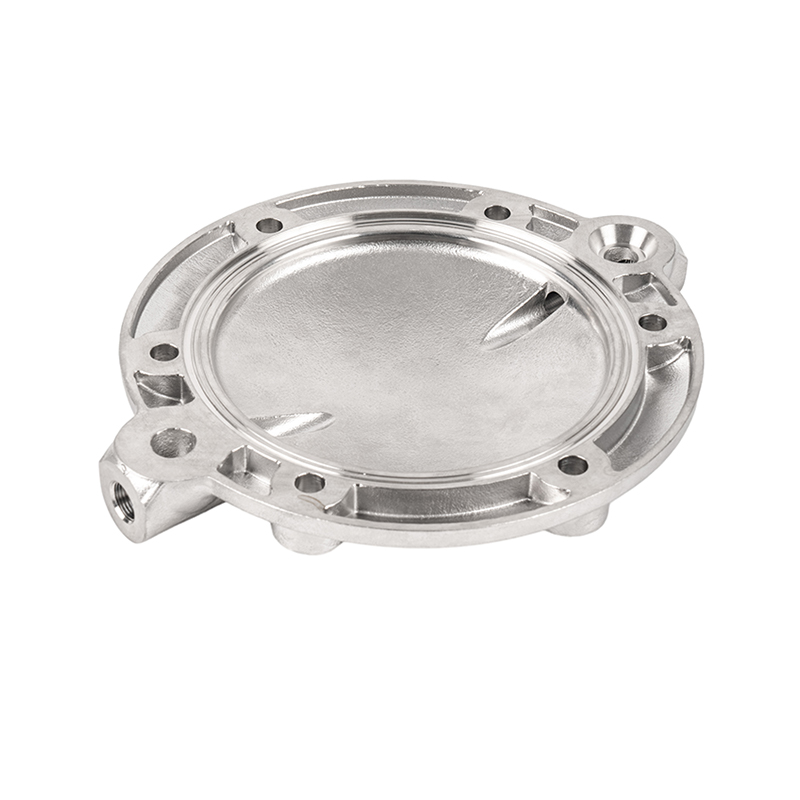What are the finishing processes of stainless steel impeller casting
Stainless steel impeller casting is a common process used to manufacture efficient, corrosion-resistant and wear-resistant impellers. Finishing is an important part of stainless steel impeller casting. Through machining, grinding and polishing, the impeller is finely processed to achieve the design requirements of size and surface quality.
Machining is one of the common methods for stainless steel impeller finishing. It includes processes such as turning, milling, drilling and cutting. Through machining, the impeller can be sized, holed and contoured. The advantages of machining are fast processing speed and high precision, which is suitable for batch production and impellers with complex shapes.
Grinding is an important part of stainless steel impeller finishing. It can improve the surface quality and precision of the impeller to meet the design requirements. Common grinding methods include plane grinding, circumferential grinding, and inner and outer circle grinding. The grinding process requires the selection of suitable grinding tools and grinding fluids, and the control of grinding force and speed to avoid excessive wear or deformation of the impeller.
Polishing is one of the common methods for stainless steel impeller finishing, which is used to improve the surface finish and gloss of the impeller. Polishing can be done by mechanical polishing and chemical polishing. Mechanical polishing uses a polishing machine and abrasive fluid to improve the surface finish of the impeller through friction and the heat generated by friction. Chemical polishing uses chemical agents to treat the surface of the impeller to remove the oxide layer and impurities, making the surface smoother.
Sandblasting is a commonly used surface treatment process used to improve the surface quality of the impeller and increase its corrosion resistance. Sandblasting uses high-speed jetting of abrasive particles to impact and grind the impeller surface, remove the oxide layer and contaminants, and make the surface smoother and more uniform. Sandblasting can also increase the surface roughness of the impeller, increase its friction with the fluid, and enhance the working efficiency of the impeller.


 English
English Español
Español русский
русский 中文简体
中文简体

















